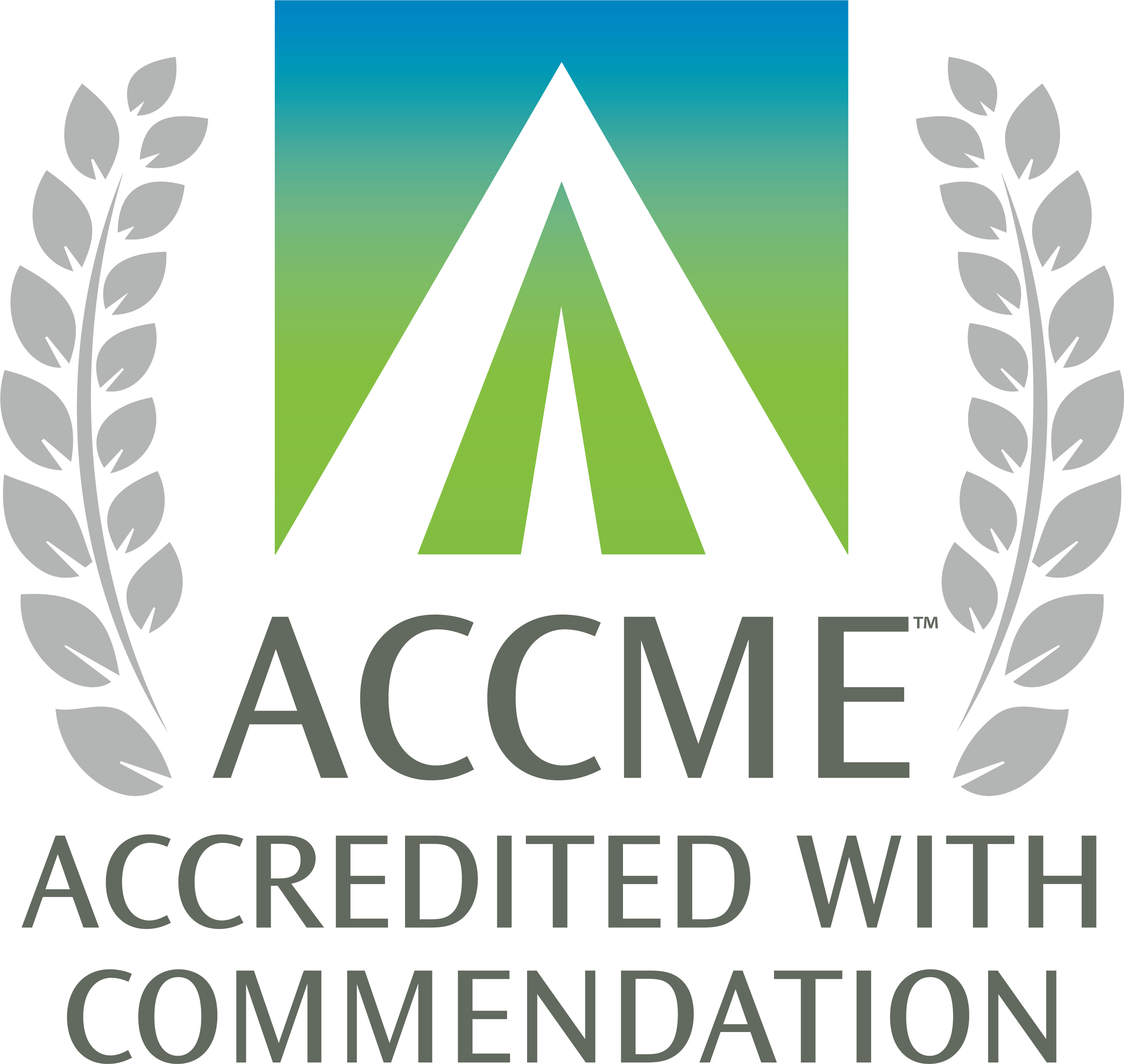Developing Test Questions for Learner Assessment used in Enduring Material CME Activities
A national requirement of enduring material CME activities is that they include an assessment of learner’s performance, (typically a knowledge test) to let participants know how well they understand the information. This page is a guide to developing a simple test of knowledge of clinical content and its application in practice. The test immediately follows the content portion of a enduring material CME activity.
Preparing a knowledge test involves developing questions, response options, and explanations. Typical test content, format, and wording are straightforward and likely to be familiar. For an example, see the test portion of an existing CME activity in MiCME.
General Content
The content of the questions and answers should focus on the key points of the presentation – the information that is most important for physicians to know and know how to apply.
Format
No specific number of test items is required, but the number is typically proportional to the length of the presentation (e.g., 2–3 items for a 20 min. presentation, up to 10 items for a 1 hour presentation). Each item consists of a question and multiple-choice answers, with the one correct answer identified and a short explanation of why the correct answer is best and the other answers are not.
Item Wording
The most useful test question is set in the context of applying the key points in relevant clinical situations. This context helps participants think through the application of the information rather than simply recall vocabulary words. Each item can address a different clinical situation or a series of items can be based on one clinical situation and sequential decisions and actions based on the evolution of that situation.
Response Options
Here are a few suggestions for writing the multiple response options.
- Typically there are four options that range from obviously wrong to partially correct to entirely correct. Likely wrong or partially correct options include actions that are (a) wrong but known to be commonly believed or performed or (b) actions that used to be the most appropriate but have been superseded by newer recommendations.
- Include as much of the item as possible in the question; the question should be long and the options short.
- The options should be the same relative length. (Correct answers are inadvertently often made longer and more specific)
- Avoid “tricky” and overly complex options.
- Avoid “none of the above”; avoid “all of the above” unless it is to be an easy question.
Explanation
The rational for the correct answer should be briefly explained along with reasons why the other alternatives are less appropriate.
If you have questions, please contact the faculty or staff member responsible for planning and coordinating the self-study activity.


